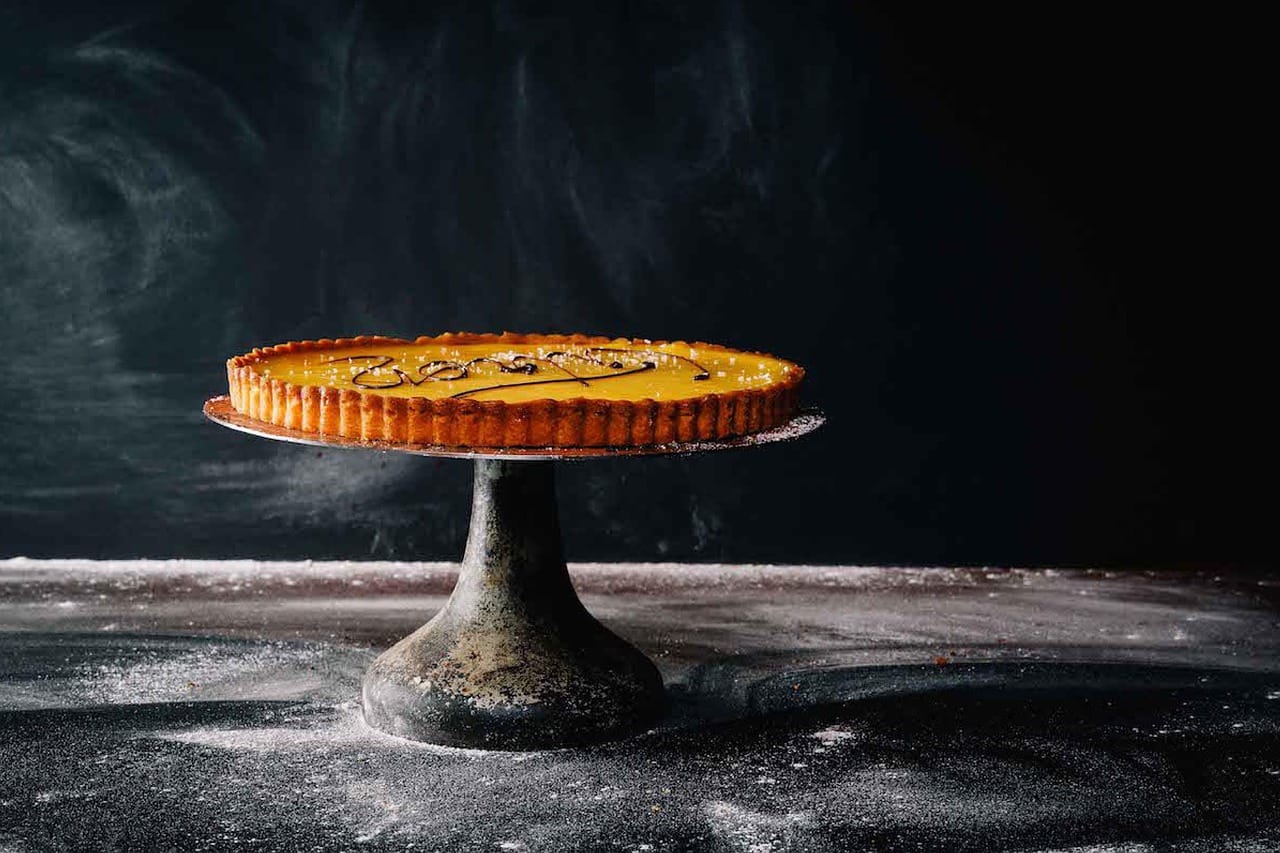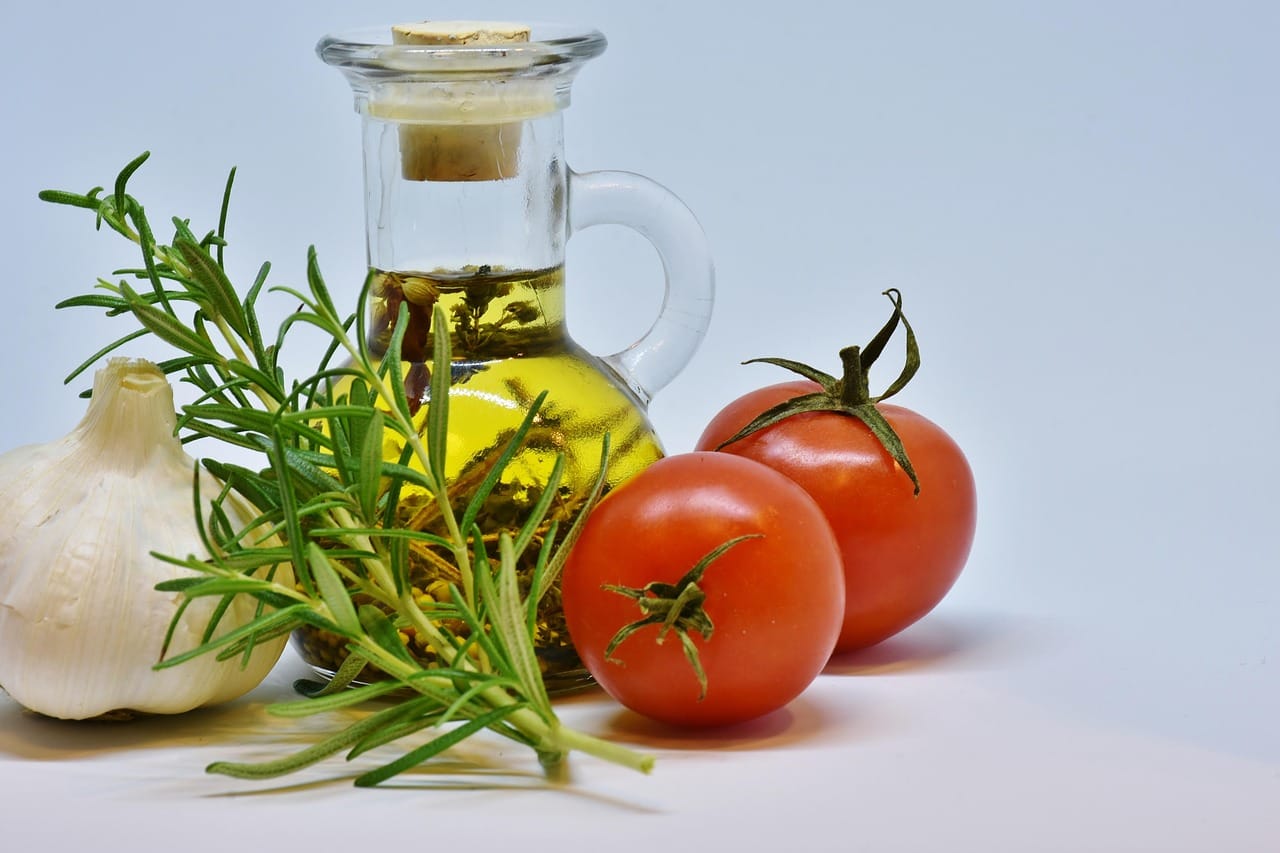Imagine biting into a cloud, a symphony of textures and flavors that melt effortlessly on your tongue. That’s the magic of mousse cake. This elegant dessert, far more than just a cake with mousse, is a carefully constructed masterpiece, combining layers of airy mousse with complementary textures and flavors. Whether you’re a seasoned baker or simply looking for a show-stopping dessert, understanding the nuances of mousse cake will elevate your culinary creations. Let’s dive into the world of mousse cake and explore the secrets behind this delectable treat.
What is Mousse Cake?
Defining Mousse Cake
Mousse cake is a layered dessert featuring a significant portion of mousse as its primary component. Unlike a cake simply frosted with mousse, the mousse in a mousse cake is structurally integral, providing the cake’s defining characteristics – its light, airy texture and rich flavor. These cakes usually consist of multiple layers, including a sponge cake base, a flavorful mousse layer (or several), and often a glaze or topping to add visual appeal and enhanced taste.
A well-made mousse cake is characterized by:
- Lightness: The mousse should be airy and delicate.
- Flavor Intensity: A robust and balanced flavor profile.
- Textural Contrast: A delightful combination of soft mousse, cake, and potentially crispy or crunchy elements.
- Elegant Presentation: Visually appealing with smooth surfaces and decorative finishes.
Mousse vs. Traditional Cake
The key difference between a mousse cake and a traditional cake lies in the proportion and role of the mousse. In a traditional cake, frosting is an external layer. In a mousse cake, the mousse is the main event. It provides the bulk of the dessert’s volume and signature texture. This difference affects the entire preparation process, from ingredient selection to assembly techniques.
Consider the textural differences:
- Traditional Cake: Denser, more structured, and often drier texture.
- Mousse Cake: Lighter, airier, and moister texture due to the high mousse content.
Key Components of a Mousse Cake
The Cake Base
The cake base provides structure and a contrasting texture to the smooth mousse. The type of cake used varies depending on the overall flavor profile of the mousse cake.
Common choices include:
- Sponge Cake: Light and airy, perfect for complementing rich mousses. A classic example is a genoise sponge.
- Biscuit Joconde: A delicate almond sponge, adding a subtle nutty flavor.
- Chocolate Cake: For chocolate-themed mousse cakes, a denser chocolate cake can provide a richer counterpoint.
Practical Tip: Slightly underbake the cake base to ensure it remains moist and doesn’t dry out the mousse.
The Mousse
The mousse is the heart and soul of the cake. It provides the signature light and airy texture. Mousse is typically made by incorporating air into a base, such as chocolate, fruit puree, or custard.
Key components of a mousse include:
- Base: Chocolate, fruit puree, custard, or even yogurt.
- Aeration: Whipped cream, Italian meringue, or French meringue.
- Stabilizer: Gelatin or agar-agar to maintain the mousse’s structure.
Example: A chocolate mousse can be made by melting dark chocolate, folding it into whipped cream, and stabilizing it with gelatin. You could then add a splash of coffee liqueur for an added flavor dimension.
Glazes and Decorations
The glaze and decorations not only enhance the visual appeal but also add flavor and texture to the final product. Common glazes include mirror glazes, chocolate ganache, and fruit glazes. Decorations can range from fresh fruit to chocolate shavings to edible flowers.
Popular options include:
- Mirror Glaze: Creates a smooth, glossy finish.
- Chocolate Ganache: Adds a rich chocolate flavor and a smooth texture.
- Fruit Glaze: Complements fruit-based mousses.
Actionable Tip: Ensure the glaze is at the correct temperature before pouring it over the mousse cake to achieve a smooth, even coating. Chilling the cake thoroughly before glazing also helps.
The Art of Mousse Cake Assembly
Layering Techniques
Proper layering is crucial for creating a structurally sound and visually appealing mousse cake. The order of the layers matters, as does the thickness of each layer.
General guidelines:
- Bottom Layer: Cake base provides the foundation.
- Middle Layers: Alternating layers of mousse and potentially other elements like fruit compotes or crunchy layers.
- Top Layer: Usually a glaze or decoration.
Example: A three-layer mousse cake could consist of a sponge cake base, a chocolate mousse layer, a raspberry mousse layer, and a mirror glaze on top. Each layer should be evenly distributed for a balanced presentation.
Chilling and Setting
Chilling is essential for allowing the mousse to set properly and the flavors to meld. Typically, a mousse cake needs to chill for at least 4-6 hours, or preferably overnight.
Practical Tip: Use a springform pan lined with acetate to easily unmold the cake after chilling. Acetate ensures a clean, smooth edge.
The ideal chilling process involves:
- Assembling the layers in a springform pan.
- Covering the cake loosely with plastic wrap to prevent it from drying out.
- Refrigerating for at least 4 hours, or preferably overnight.
- Carefully removing the cake from the pan and peeling off the acetate.
Unmolding and Presentation
Unmolding a mousse cake requires patience and precision. Heating the sides of the pan slightly with a hot towel can help release the cake cleanly. The presentation is just as important as the taste, so take your time to decorate the cake beautifully.
Steps for unmolding and presentation:
- Run a thin knife along the edge of the pan if necessary.
- Gently heat the sides of the pan with a hot towel or a hairdryer.
- Release the springform clasp and carefully lift the cake off the base.
- Transfer the cake to a serving platter.
- Decorate with fresh fruit, chocolate shavings, or other desired embellishments.
Troubleshooting Common Mousse Cake Issues
Mousse Not Setting
A common problem is a mousse that doesn’t set properly. This is usually due to insufficient gelatin or improper chilling. Always measure the gelatin accurately and ensure it is properly bloomed before incorporating it into the mousse. Also, make sure your refrigerator is cold enough.
Possible causes and solutions:
- Insufficient Gelatin: Increase the amount of gelatin slightly in your recipe.
- Improper Blooming: Ensure the gelatin is fully bloomed in cold water before heating it.
- Inadequate Chilling: Allow the mousse cake to chill for a longer period, preferably overnight.
Cake Base Too Dry
A dry cake base can detract from the overall texture of the mousse cake. To prevent this, brush the cake layers with a simple syrup or fruit liqueur before assembling the cake.
Tips for a moist cake base:
- Simple Syrup: Brush the cake layers with a simple syrup (equal parts sugar and water, simmered until dissolved).
- Fruit Liqueur: Use a fruit liqueur to add flavor and moisture.
- Underbaking: Slightly underbake the cake to retain moisture.
Uneven Layers
Uneven layers can make the cake look unprofessional. Use a scale to measure out the ingredients for each layer to ensure they are consistent in thickness.
Achieving even layers:
- Weigh Ingredients: Use a kitchen scale to measure the ingredients for each layer.
- Level the Cake: Use a serrated knife to level the cake base before adding the mousse.
- Consistent Application: Spread the mousse evenly using an offset spatula.
Mousse Cake Variations and Flavor Combinations
Chocolate Mousse Cake
The classic chocolate mousse cake is a crowd-pleaser. Experiment with different types of chocolate – dark, milk, or white – to create unique flavor profiles. Pair chocolate mousse with a chocolate cake base or a light sponge cake.
Examples:
- Dark Chocolate Mousse Cake: Intense chocolate flavor with a slightly bitter edge.
- Milk Chocolate Mousse Cake: Creamier and sweeter than dark chocolate.
- White Chocolate Mousse Cake: Delicate and sweet with a smooth texture.
Fruit Mousse Cake
Fruit mousses offer a refreshing and vibrant alternative to chocolate. Use fresh or frozen fruit purees to create flavorful mousses, such as raspberry, strawberry, or mango. Pair fruit mousses with a light sponge cake or a biscuit joconde.
Examples:
- Raspberry Mousse Cake: Tangy and slightly tart.
- Strawberry Mousse Cake: Sweet and aromatic.
- Mango Mousse Cake: Tropical and exotic.
Coffee Mousse Cake
Coffee mousse cake is a sophisticated and flavorful dessert that’s perfect for coffee lovers. Use strong brewed coffee or espresso to infuse the mousse with a rich coffee flavor. Pair coffee mousse with a chocolate cake or a biscuit joconde.
Recipe Idea: Combine strong espresso with a chocolate mousse base and a layer of hazelnut praline for a decadent twist.
Conclusion
Mousse cake, while seemingly complex, is an achievable feat for any passionate baker. Understanding the core components, mastering the layering techniques, and troubleshooting common issues will empower you to create stunning and delicious mousse cakes. Don’t be afraid to experiment with different flavors and textures to personalize your creations. With practice and creativity, you’ll be crafting mousse cake masterpieces in no time. Happy baking!




